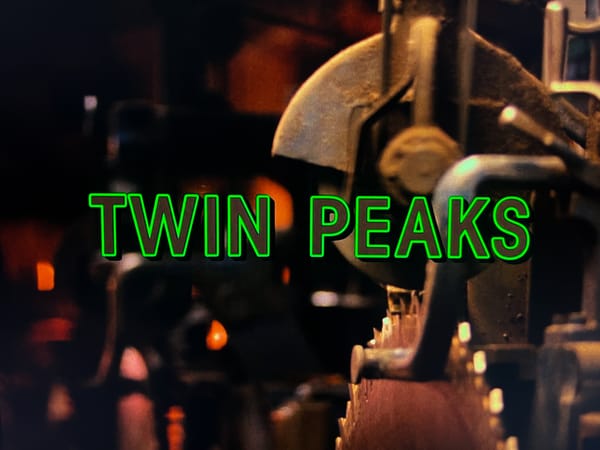Flower of Precocious Depravity
by Chloé Allyn
Recently, I’ve had the pleasure of writing about and working with a Milwaukee based artist, Valaria Tatera, who is a part of the Bad River Band of Lake Superior Chippewa nation. We are cut from similar cloth and I look to her as an example, as an elder however far away, when I struggle with my light skin and my self-erasure and what that means for my work. I was honored when she invited me to participate in an eventual exhibition centered on Missing and Murdered Indigenous Women, Girls and Two Spirit; but I was also tasked with a personal feat.
What business does a white passing, non-reservation-living, unenrolled Potawatomi girl like me have speaking of the community tragedy that is the brutalization of Indigenous women? For starters, this is that toxic self-erasure I’m talking about. Genocide does that too, you know, it worms into the mind of the oppressed; doing the sinister work of the U.S Government in one’s own heart and mind.
I am proud of where I’m from, yet some days I feel like I am receiving a pat on the back from Big Activism, like someone wearing the crown of “Most Oppressed” for the street credit. This is something like imposter syndrome, but worse, because I still crave the validation of looking the part. Or carrying the card. But I feel the pain of Indian country over my own blood quantum related traumas. I feel the rage for my ancestors and living communities alike, also thrumming within me. I understand that this genocide is not over.
There is something I have in common with my stolen sisters and those living in solidarity. I've been assaulted and harassed. There I am, all 130 pounds of me, in that statistic that Native women are 2.5 times more likely to be sexually assaulted than other women in the nation. So I ask, why do I consistently invalidate myself?
Is it because I am small? That we, as Indigenous people, are invisible? Is it that CNN sees us as “something else”? How do I make space for myself, looking this pale faced, while Natives are more likely to be killed by police than any other minority group in the nation?
Sit with that for a minute. Sit with the perspective of the unseen and ask yourself if you understand that being Native comes with inherited and experienced pain. If you are white, do not put your white guilt on it. This has nothing to do with you. As I ask myself every day, what does it have to do with me?
~
There’s a loaded intensity to diversity and representation; it doesn’t surprise me when artists avoid getting down and dirty, erring on the side of blanket inclusivity. But as someone who has always felt unseen regarding my Indigenousness, I understand that the body you are in shapes your world view. Humans treat humans differently because of the bodies they occupy.
To me, because of this, diversity is not interchangeable. The perspective must be respected. As a writer this means that I have the responsibility to write characters that represent; that I yield language as a tool for inclusivity. You read my words, I put an image in your mind. What I’m saying is that if I do not show up and create space for a fat character, a deaf character, a Potawatomi character…I will perpetuate the pain of invisibility.
If I am visible let it be seen that the enormity of my voice and words does not equate to my body. I am a pen as my sword kind of woman; with olive skin, dark brown hair, crooked teeth and a small stature. My body, in so many terms because they are relevant to MMIWG2S, is weak, asthmatic and when I’m being kind to myself, my face is pretty. I live in anxiety of losing my bodily autonomy. When I enter the outside world, which begins at my doorstep, I recognize that my body is no longer my own, that today may be the day that my fear is confirmed, again.
This is at the crux of you understanding me. In many ways, being me means sticking to the corners of the room, it means justifying my paranoia (again), it means reminding myself of my whiteness and the ways it saves me.
A few years ago, in an undergrad lecture on Impressionism, my professor Frederick Gross detailed to us Little Dancer Aged 14, a wax sculpture by Edgar Degas from 1881. Now an icon, and a facet of myself, the depiction of the young girl received poor reviews and evoked widespread disgust.
With her realism, both in technical execution and in expression, many agreed that she was ugly and distasteful. In short, Degas’ mixed media sculpture represented an unseen member of Parisian artistic society, a working-class teenager. Opera rats, as they were called, were poor, young and pretty dancers, likely to fall victim to the perverse and wealthy men that frequented the ballet. In execution, Degas’ subject matter is extremely tender, handled with modernity and poignancy.
The little wax dancer is one third the size of its subject matter and was displayed with real clothing in a vitrine. I think of her often, in the exhibition hall with the brute force of the nineteenth century public around her, holding her crude face up in dignity, her arms pushing her chest out against shame.
I never shook that vision her. Her audacity and the smallness of her in the exhibit. Her indignant, malleable body flinging open the door of representation. I see in her eyes the strength beyond her vulnerable societal position, her vulnerable body—beeswax!—and her tenuous existence. On many days, we are in the room together, I as well as waxy, tenacious and small.
My piece for the Missing and Murdered Indigenous Women, Girls and Two Spirit exhibition marries the little wax dancer and my gift of life. I am alive, by the survival of my family through genocide, alive through self-sabotage, alive because of whiteness, and alive after sexual assault.
Today when I ask why I invalidate myself the answer sounds like survivors’ guilt. After I shower, I put my hands behind me, like the little dancer, and braid my hair, thankful and conflicted that I exist.
Yet that’s what is important, ultimately. That I exist.




